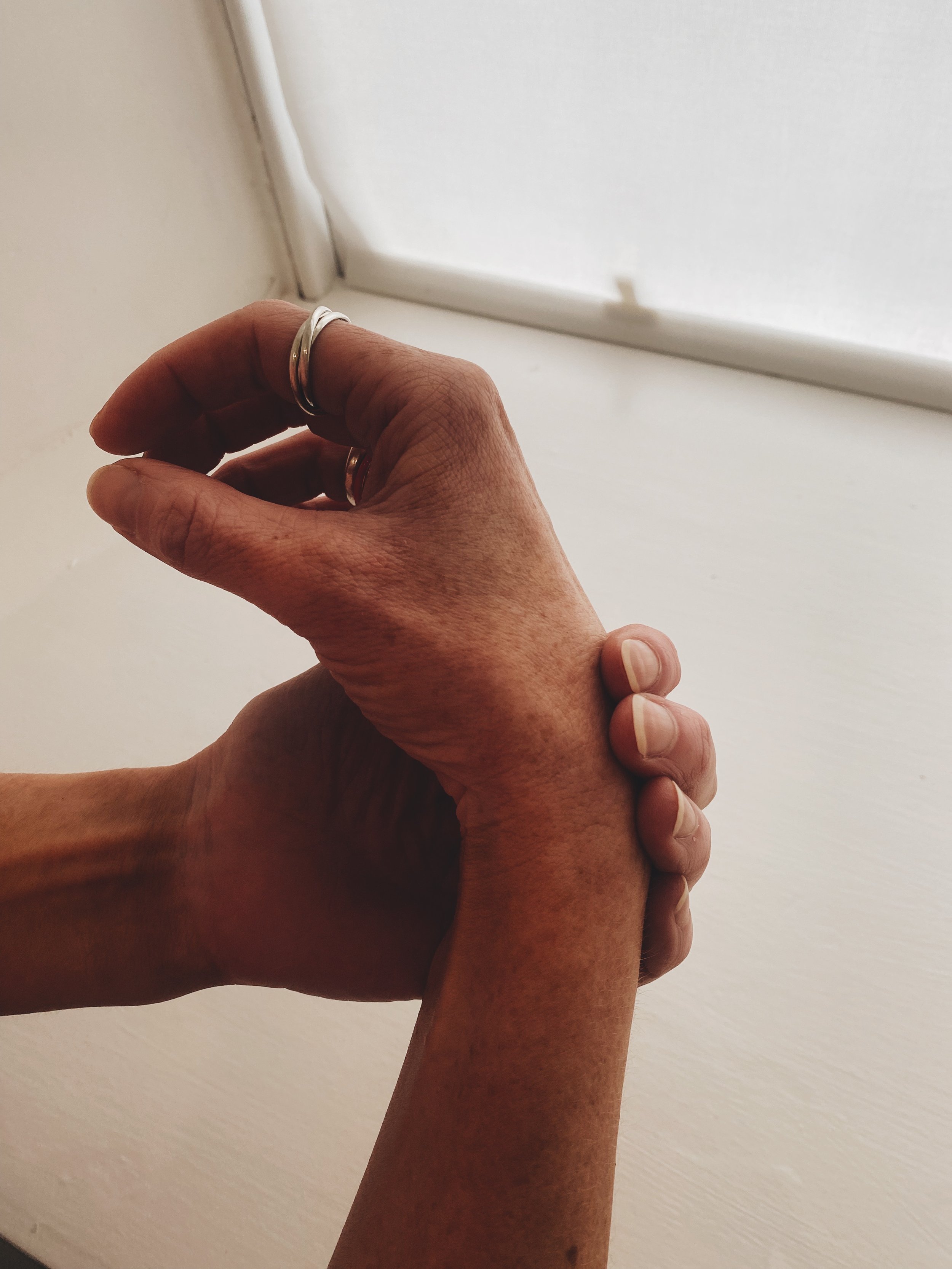What is an RSI?
Of all of the injuries that we deal with at The Physiotherapy Place, probably the common type come under the banner of Repetitive Strain Injury (RSI). RSI can happen anywhere in the body so it isn’t unique to one body part, and it is caused by a repetitive strain to a body part or issue to the point that the area becomes irritated, damaged and painful.
Generally speaking, the body is very good at tolerating the stresses that are put upon it from everyday use, and the tissues can absorb the forces without detriment. However, if a stress is continually applied to an area and the tissues in that area don’t get sufficient time to rest and recover then eventually those tissues will start to breakdown, becoming irritated and sore. This type of injury is termed a repetitive strain injury.
What Are Some Common RSI’s?
Common RSI’s are Achilles tendinosis from running a lot, tennis elbow from doing lots of manual work like DIY (or less commonly from tennis!), or Carpal Tunnel Syndrome from doing lots of keyboard work. The body generally likes routine and stability so it is usually when we increase the time spent doing a certain activity or movement without giving the body time to adjust, that RSI’s happen. There can also be other factors that predispose an area to getting RSI such as tightness or weakness in the body parts above or below the affected area. This is usually the case with Achilles tendinosis and explains why it is normally just one Achilles that gets injured even though we are taking the same number of steps with both feet.
What Causes RSI?
In order to treat an RSI, we must understand first what are the factors that are causing the injury. Without understanding and treating the causative factors, it will be very difficult get the injured tissues to heal. At The Physiotherapy Place all of our physio’s are skilled at looking at the whole body and gaining a full picture of what is contributing to the problem. It is very common to discover for example that an RSI like Carpal Tunnel Syndrome has arisen due to poor posture at the computer, straining the nerve that goes down to the hand. In this example, we would need to treat the neck and the arm to effectively resolve the issue. In another example, a stiff lower back and tightness in the hip might be a causative factor in an Achilles tendinosis, so these areas would need to be addressed as well as treating the Achilles tendon itself.
How Long Does RSI Take To Heal?
So when it comes to the question ‘How long does it take RSI to heal?’ we have to consider two things -
how long will it take for the injured tissue to heal?
and how long will it take for the factors that have classed the tissue injury to be resolved?
Tissue healing times can vary but as a general guide, under to right conditions, an injured muscle will take 4-8 weeks to heal, and injured tendon 8-12 weeks, and an irritated nerve anywhere between 4-12 weeks. This all depends on the continued strain on the tissue being under control. When RSI’s don’t get better, the vast majority of the time it is because the repetitive strain is not sufficiently taken away.
What Can I Do Now To Resolve My RSI?
Some practical steps that you can try immediately if you have RSI are:
try to identify the activity that causing the RSI e.g. running, typing, screwdriver etc
take a look at your posture whilst you are doing this activity and see if this can be improved
think of ways that you can reduce the load on the sore area e.g. less running, use your other arm, get an ergonomic mouse/ keyboard
try some generic exercises to help with the problem.
Our guides to specific injuries have some that you can try: click here
If you have tried these tips and are still having problems then one of our physio’s can have a look and get you on the path to recovery book an appointment and let us help keep you moving and keep you smiling :)

